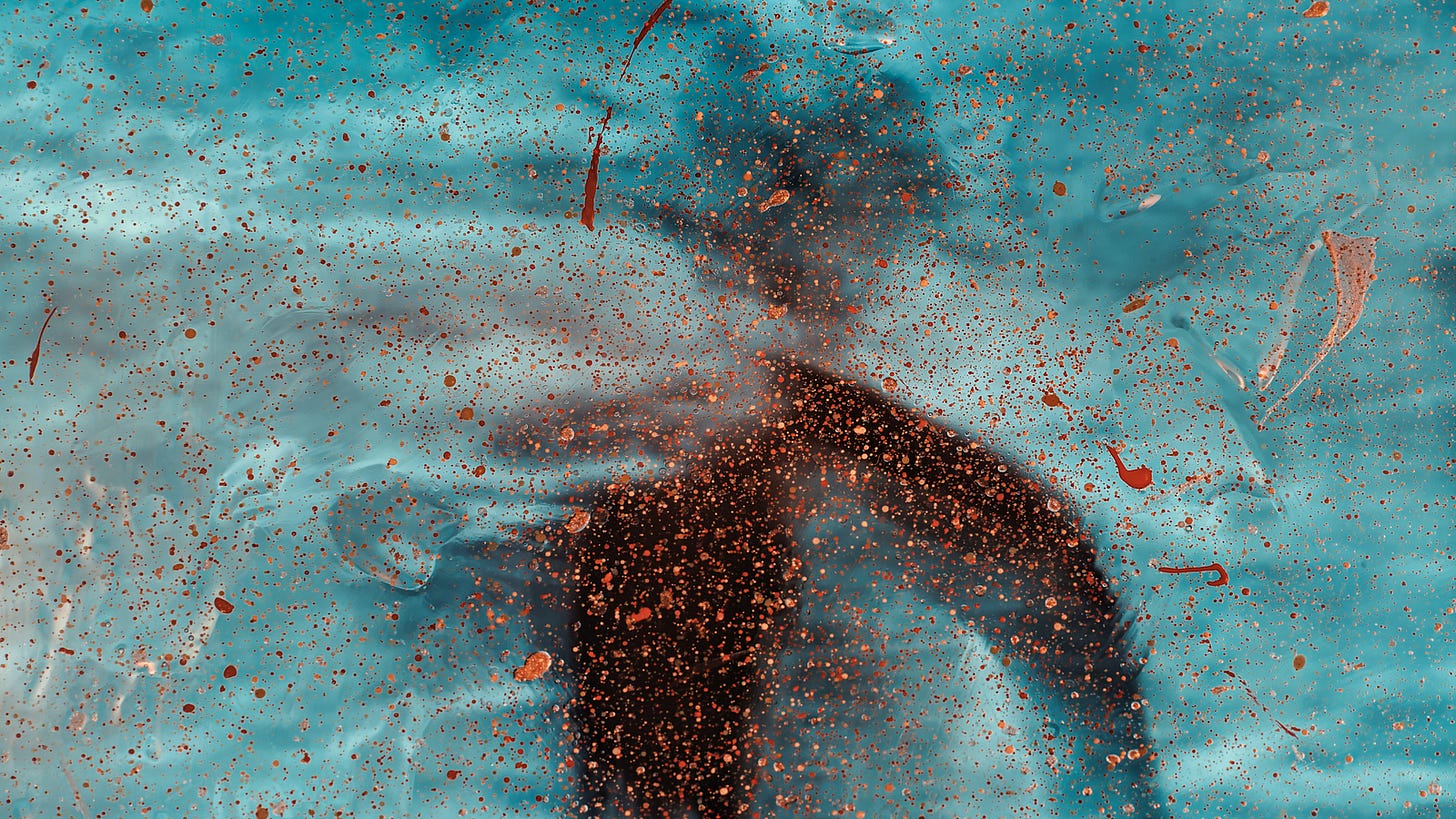Margaret Atwood is a Canadian novelist, poet, and literary critic. Atwood began writing in the 1960s — a significant decade for Canadian literature. It was in this decade that Canadian literature began to establish itself as distinct and independent from British and American literature. It celebrated its multiculturalism and resisted the formation of a singular literary canon.
Apart from this upsurge in Canadian literature at the time, there was also the influence of, what is termed, second-wave feminism. Atwood is at the centre of both Canadian nationalist and feminist debates. Apart from her novels, which are very well-known, she has published around fifteen books of poetry (at the time of writing this essay).
Though it is reductive to point out the common themes in her expansive and diverse collection of poems, some of her poems are, nevertheless, concerned with the questions of identity, self-recognition, and survival.
Identity, in Atwood’s poetry, does not simply mean ‘human identity’ in a singular, homogeneous, politically neutral, and vague sense. Rather, her poems raise important questions about personal, cultural, and gender identities.
The poem ‘This is a Photograph of Me’ is from Atwood’s first full-length volume of poetry, The Circle Game (1966). The title poem in the collection describes a ‘circle game’ in which men and women are caught.
Barbara Blakely, in the essay ‘The Pronunciation of Flesh: a Feminist Reading of Atwood’s Poetry’, writes that the circle game is “the game of enclosure by representation”. Blakely describes the processes through which the game functions: the operation of the eye, that of words and speech, and that of touch. It is through these operations that men and women represent each other and construct their identities.
Blakely understands the circle game and its operations using a phenomenological approach. However, these operations are also operations of power. In ‘Notes on Power Politics’ (1973), Atwood writes,
“Power is our environment. We live surrounded by it: it pervades everything… [A]ny culture is a closed system and our culture is one based and fed on power… So many of the things we do… are simply duplications of the external world of power games, power struggles.”
Power, it must be noted, is not a monolithic all-pervasive monster; it comprises intersecting structures and hierarchies. The circle game describes the structures within patriarchy.
Patriarchy itself has been misunderstood to be a monolithic and repressive apparatus but, in reality, it comprises different and intersecting discourses.
The two identities created in the circle game are ‘male’ and ‘female’; the binary and hierarchy — the empowering of the ‘male’ and the marginalisation of the ‘female’ — are created by the interaction of both men and women in society.
Atwood’s ‘This is a Photograph of Me’ is an exploration of the marginalised ‘female’ identity. The poem begins with the line, ‘It was taken some time ago’. The use of the pronoun ‘It’ points towards an absence of the ‘female’ subject who is merely represented through a photograph, a constructed image which itself is distorted. The photograph is a ‘smeared’ print with ‘blurred lines’ and ‘grey flecks’; the objects in the photograph blend with the paper.
The poem beckons the listener-readers to not look at the center of the picture but at the corners. At the center, the marginalised identity can only be found via a distorted representation; its ‘reality’ can be reclaimed from the corners, the margins to which it has been pushed.
As opposed to constructed representations, Atwood’s poem presents a pursuit of an alternate identity. This alternate identity can only be accessed if one dares to transcend the limits of the circle game. In ‘This is a Photograph of Me’, this occurs through a descent into the realm of the unconscious.
Sigmund Freud famously defines the unconscious as the mental processes — the desires and the urges — which have no direct access to the conscious realm, but which are translated into the conscious in an indirect manner, that is, through distortions and displacements. In Atwood’s poem, the descent into the unconscious is presented through the metaphor of drowning.
The journey into the unconscious is enabling and empowering since it leads to knowledge and self-recognition. The ‘I’ — as opposed to the ‘It’ — becomes stronger when the poet-persona describes her drowning. She says,
“I am in the lake, in the center / of the picture, just under the surface.”
This is an act of reclaiming the centre through an alternate discourse of self-discovery. The alternate identity discovered by the poet-persona is not the fixed ‘female’ identity that the circle game prescribes but is marked by fluidity and ambiguity.
The poet-persona says that it is difficult to say with precision where she is in the lake; she poses a challenge to the listener-readers to look carefully, to question their own perception, in order to find her as well as their own identities in a world that increasingly limits them.
Also read:





